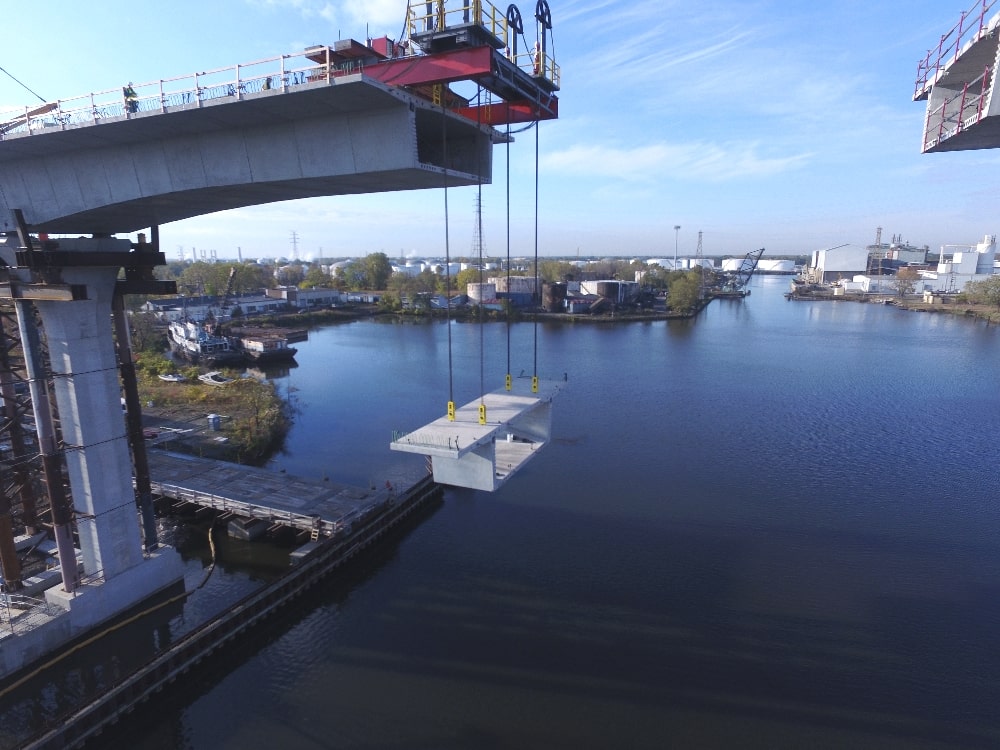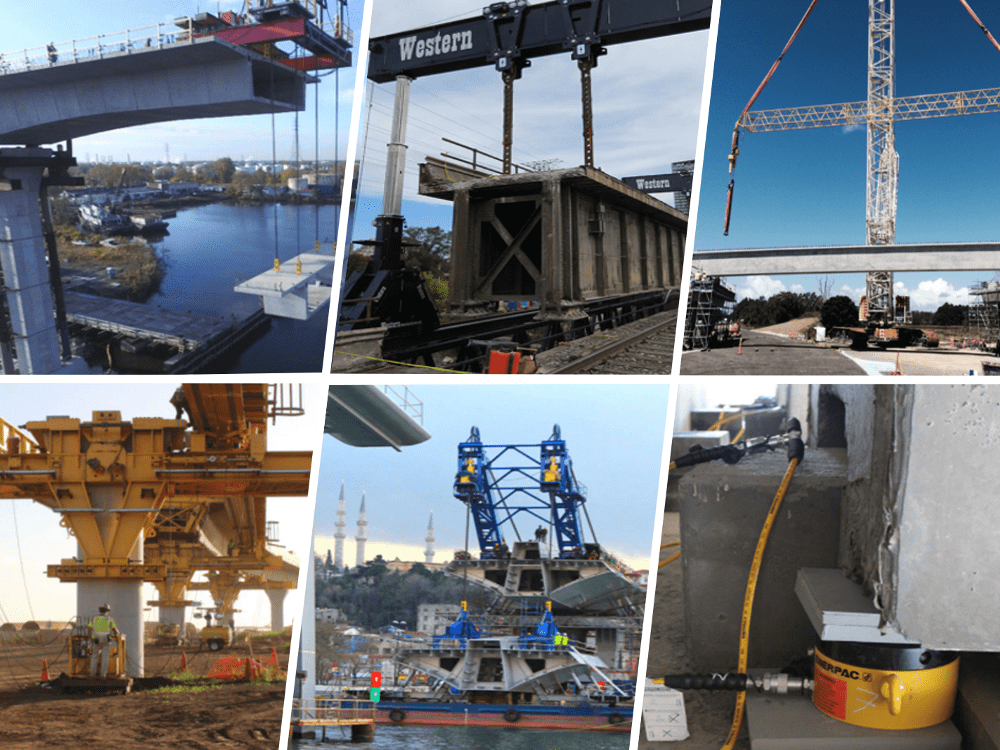Accelerated Bridge Construction: Definition and Benefits
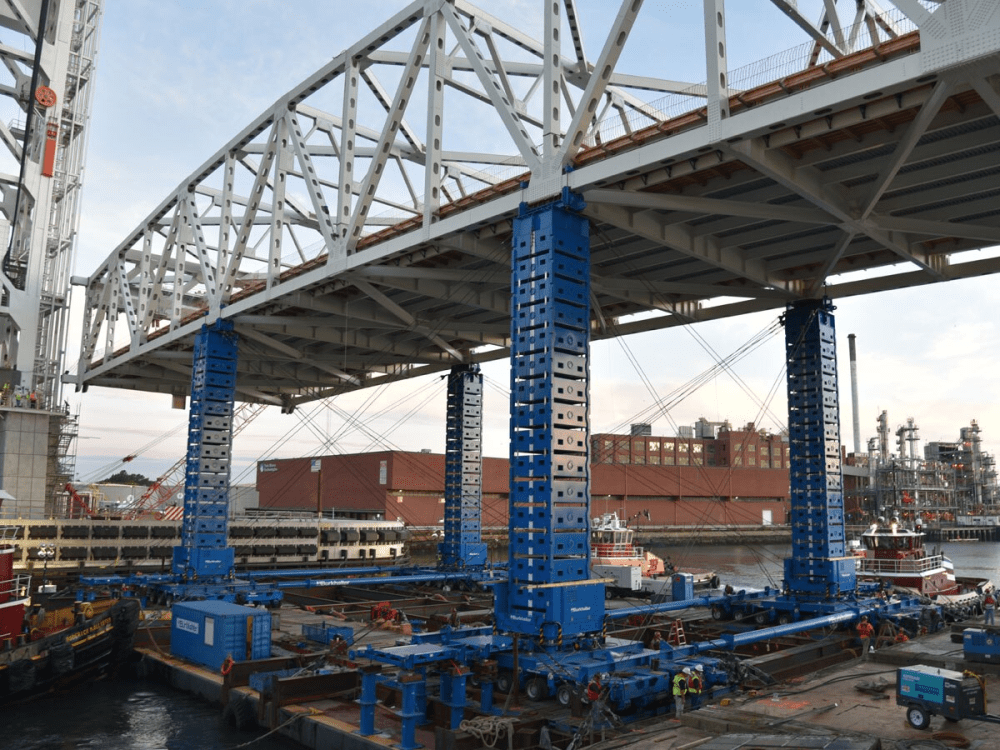
August 25, 2022
0
What Is Accelerated Bridge Construction?
Accelerated bridge construction (ABC), is a quicker and smarter way to build and install bridges by minimizing the disruption caused by road and waterway closures.
With an estimated quarter of the bridges in the United States in need of repair or replacement, it’s no surprise the ABC approach to bridge construction is becoming more widely adopted.
In addition to time-saving, accelerated bridge construction provides other benefits too. Compared to traditional methods, ABC uses more effective planning, design, and procurement methods. The result of this is improved public and worker safety, and bridges that last for longer without the need for maintenance.
The Main Aspects of Accelerated Bridge Construction
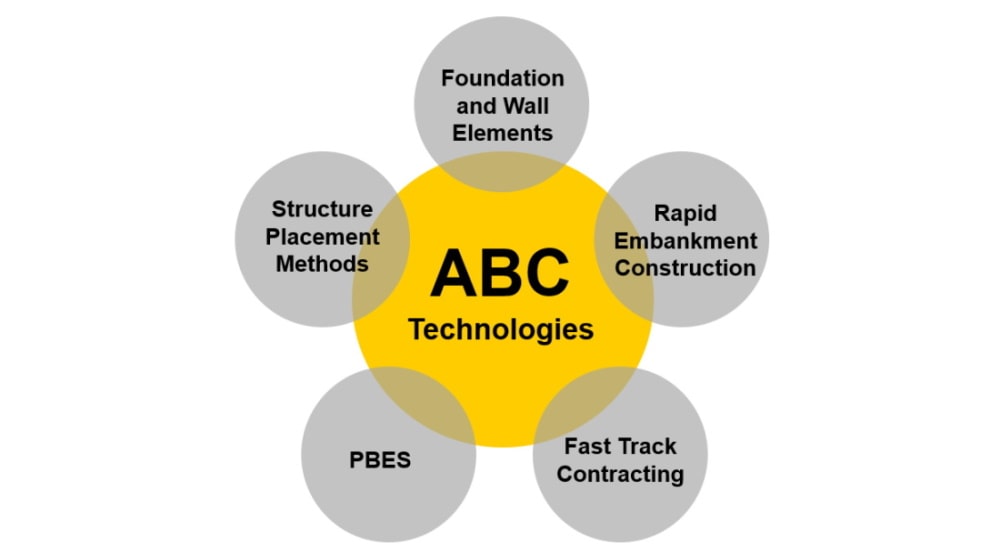
A simple way to understand ABC is to split the activities into the five main aspects as shown in the United States FHWA (Federal Highway Administration) Every Day Counts Initiative:
- Foundation and Wall Elements – Simplified continuous process piles cast-In-place (ACIP) piles, Geosynthetic Reinforced Soil Integrated Bridge System, Prefabricated Pier Cofferdams, Rapid Embankment Construction.
- Fast Track Contracting – Different models of contracting that combine the parties involved. For example, Design and Build – with early contractor input into design decisions.
- PBES (Prefabricated Bridge Elements and Systems) – Fabricating elements in a controlled environment off site for assembly at the bridge location. Described in more detail later in this article.
- Structure Placement Methods – Transporting and moving the elements into position.
Why Accelerated Bridge Construction is Faster
ABC involves manufacturing large components and modules offsite and transporting them to the bridge location for quick installation. Depending upon the project and type of bridge, the installation can typically last just a few hours or 2 to 3 days.
By comparison, conventional bridge construction methods do not center around the objective of reducing construction time. Instead, they rely on sequential time-consuming stages, such as casting concrete in place, and adding reinforcing steel – often held up by weather conditions.
Measuring the Effectiveness of Accelerated Bridge Construction
There are two main metrics used to measure time in accelerated bridge construction projects:
Onsite Construction Time. From when the first contractor makes alterations to the job site until all the construction-related equipment is removed. Includes materials, equipment, personnel, and traffic control.
Mobility Impact Time. The period of time when traffic flow is impacted because of the project. This is categorized using 6 tiers.
Tier 1: Traffic impacts within 1 day
Tier 2: Traffic impacts within 3 days
Tier 3: Traffic impacts within 2 weeks
Tier 4: Traffic impacts within 1 month
Tier 5: Traffic impacts within 3 months
Tier 6: Overall project schedule is significantly reduced by months to years

Total project time is a metric that gets less attention than the other two. This is because all bridge projects need planning – regardless of the construction methods used. The total project time is calculated from when project planning begins until all construction work is completed.
Prefabricated Bridge Elements and Systems (PBES)
Prefabricated Bridge Elements and Systems (PBES) are the components of a bridge made either off-site or nearby. From a project management perspective, these items are not on the critical path so do not affect the construction time. Advanced design and high-performance materials used under controlled environmental conditions ensure long-term durability, high quality, and safety.
Example Prefabricated Elements Used in ABC
- Deck Elements
- Beam Elements
- Pier Elements
- Abutment and Wall Elements
- Superstructure Systems – Deck and primary supporting members.
- Total Bridge Systems: The entire superstructure and substructures. (Rolled/launched/slid/lifted into place).
Structure Placement Methods and Equipment
The size and weight of the elements in accelerated construction projects can be considerable. Cranes are still used for bridge construction, but there are many other types of heavy lifting technologies used – each with its own merits.
Strand Jacks
A strand jack has a much smaller footprint than a crane and provides greater precision. Also, a single operator can control several strand jacks synchronously via computerized control from a central location.
Strand Jacks work by lifting the load from above, which makes them especially useful when constructing a bridge over a waterway. The case study below describes how strand Jacks were used to lift 11 deck sections during the construction of the Golden Horn Metro Bridge in Istanbul.
Jack Up Systems
A Jack Up System uses hydraulics to lift incrementally from below the load. A typical setup includes four or more jack-up units, one positioned at each corner the load. Enerpac Jack-Up units contain four hydraulic cylinders in each unit to lift and stack strong steel boxes. These automatically slide into position to support the load and form lifting towers. Lifting speed depends upon the model chosen, but this is generally between 5 and 20 feet per hour. A Jack Up System is ideal in situations where overhead cables prevent lifting from above.
The following case study describes how a Jack Up System played a key part during the construction of helped the Fore River Bridge in Massachusetts, US. Using an Enerpac Jack Up System helped to ensure minimal disruption to vehicle and boat traffic.
Self-Propelled Modular Transporters (SPMTs)
These are high-capacity and highly maneuverable transport trailers. Unlike trucks, SPMTs are self-propelled from the onboard hydraulic power pack. They are ‘modular’ because two more can be connected to transport longer loads.
The example below shows a bridge deck being moved into position using Enerpac Cube Jacks mounted onto an SPMT.
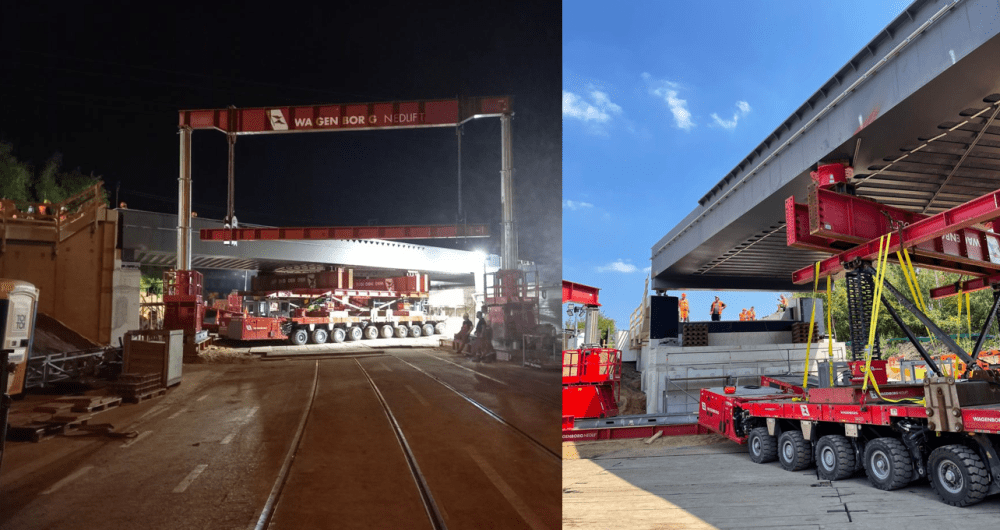
Horizontal Skidding Systems
Skidding Systems provide the ability to slide large segments by minimizing the force needed to push bridge segments into place. They work using push-pull hydraulic cylinders and pre-constructed tracks covered with low friction PTFE-coated pads.
A good example showing a skidding system used for Accelerated Bridge Construction is when a new bridge structure over the Holbrook Canal was built adjacent to the original bridge. It was temporarily used as a detour while the deficient bridge was demolished and later slid into the position using a skidding system.
Hydraulic Gantry
Hydraulic gantries are another safe, efficient way to lift from above – ideal for placing and positioning medium-length girders for spans over solid ground. They include onboard hydraulics, telescopic booms, and header bars. When side shift modules are added, the load can be moved in all three x, y, and z axes.
Find out how an Enerpac SBL1100 Hydraulic Gantry System was used to replace 400-ton steel span sections on the Humber River railroad bridge in Ontario, Canada. To minimize rail disruption, the project was completed during eight 50-hour weekend work blocks.
Controlled Lifting Pumps
Controlled lifting pumps allow synchronized lifting of multiple lift points. They are critical in operating hydraulic cylinders when moving steel girders in unison to prevent binding or misalignment. As the case study below shows, they also provide an accurate way to jack concrete deck sections when bearings need replacing. Using a controlled lifting pump with locknut hydraulic cylinders allowed the highway to safely remain open to traffic throughout the maintenance operations.
Synchronous Hoist Systems
A SyncHoist enables a single crane to position heavy and unbalanced loads precisely. In simple terms, they are a below-the-hook sling adjuster (hydraulic turnbuckle). A SyncHoist will typically include multiple specialized hydraulic cylinders mounted directly in line with the rigging. This means the operator can independently monitor and adjust each point to position and balance the load. A SyncHoist was used with a crane during the installation of two 68-meter-tall pylons (towers) for the 200-meter-long cable-stayed bridge in Bydgoszcz, Poland. Read the full details and see the pictures in our SyncHoistcase study.
Custom Engineered Solutions for Accelerated Bridge Construction
Many bridge construction projects are unique, and as a result, require non-standard equipment to lift and position bridge elements. One Enerpac customer needed a custom-designed box girder launching system on the build of the I-95 Whittier Bridge in Amesbury, Massachusetts. Enerpac worked with the customer to design a box girder incremental launching system that would first clamp, then advance or retract the two separate box girders synchronously. Read full details in our case study.
Accelerated Bridge Construction: Summary of Benefits
- Shortened bridge project delivery time: Total closure time can be reduced to just a few hours or days.
- Reduced impact on traffic: fewer detours, closures, and traffic congestion.
- Improved work-zone safety: for workers and the traveling public.
- Reduced Costs: Substantially cuts construction costs. Reduced traffic delays and detours has less economic impact on surrounding commercial activities.
- Durability: Prefabricated components typically require less maintenance.
- Lower environmental impact: Less idle time for cars in traffic jams means less exhaust emissions. Drivers are not forced to take long detours and waste fuel.
Sources:

